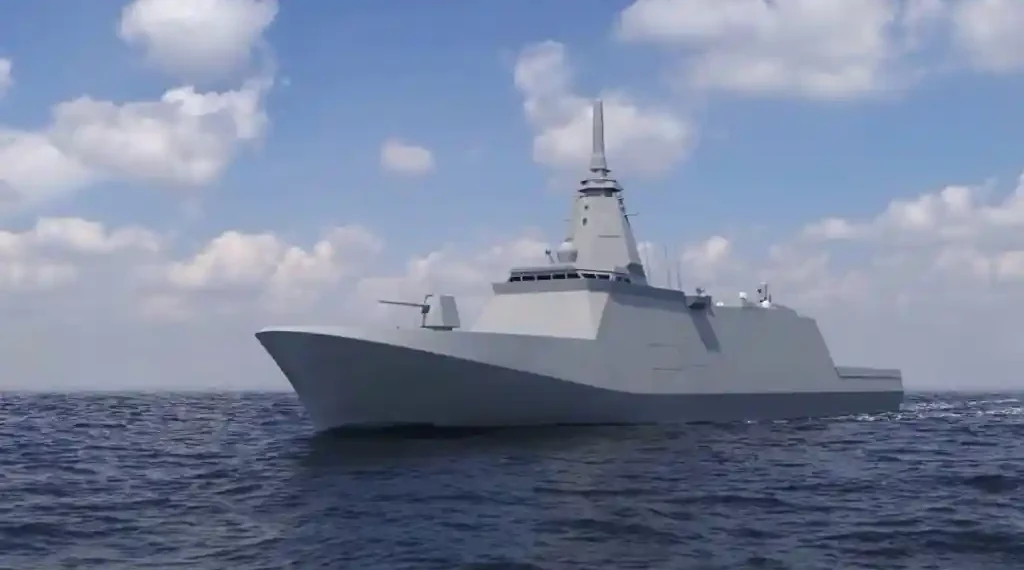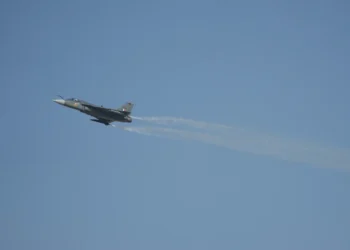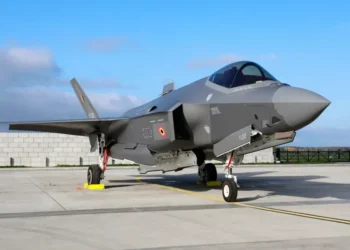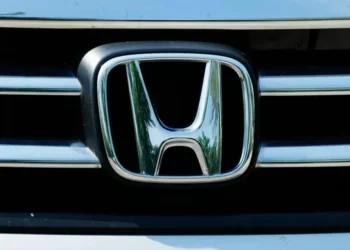Australia’s $6.5 Billion Deal for Japanese Warships Enhances Pacific Maritime Balance
Published Time: 08-11-2025, 10:15
Australia’s recent announcement to purchase 11 advanced Mogami-class frigates from Japan marks a significant development in Pacific security dynamics. This $6.5 billion agreement aims to bolster Australia’s naval strength amid rising regional tensions, while also positioning Japan as a major player in the global defense export market. Experts suggest the deal not only enhances Canberra’s maritime power but also reflects broader strategic shifts involving key U.S. allies.
Australia’s Strategic Frigate Acquisition: A New Maritime Force Emerges
The Australian Defense Ministry confirmed the purchase of 11 Mogami-class frigates, stealth-equipped surface combatants built by Japan’s Mitsubishi Heavy Industries. These ships are widely regarded as among the most advanced in the world, with capabilities on par with or exceeding similar vessels deployed by China and even the United States.
Pat Conroy, Australia’s Minister for Defense Industry, emphasized the significance of the acquisition: “This is another step towards delivering a much larger and more lethal navy, with stealth frigates that will reassure our allies and deter our adversaries.”
The decision reflects Canberra’s growing concerns about China’s increasing military presence in the Pacific. Earlier in 2025, a Chinese naval task force conducted live-fire exercises near Australian shores, disrupting civilian air traffic and heightening regional anxieties.
Enhanced Capabilities of the Upgraded Mogami-Class Frigates
The frigates ordered by Australia will be an upgraded version of the Mogami-class currently in service with Japan’s Maritime Self-Defense Force. These ships are larger and feature improved firepower and endurance, with an unrefueled range of approximately 11,500 miles—roughly half the length of the Earth’s equator.
The vessels will be equipped with 32 Mk 41 vertical launch system (VLS) cells, capable of firing a variety of surface-to-air and anti-ship missiles. According to the Australian Defense Ministry, this gives the Mogami-class frigates the capacity to launch up to 128 air defense missiles, a fourfold increase over existing Australian surface ships.
The Mk 41 VLS can also accommodate Tomahawk cruise missiles, with a 1,000-mile range, significantly extending the frigates’ strike capabilities. Additionally, these launch cells support long-range anti-submarine rockets, enhancing their ability to detect and engage nuclear-powered submarines.
Efficiency and Crew Advantages
A notable feature of the Mogami-class frigates is their lean crew requirement. Each ship operates with approximately 90 personnel, compared to 170 on the ANZAC-class frigates they will replace. This reduced manpower need addresses recruitment challenges faced by both Australia and Japan.
Australian Deputy Prime Minister Richard Marles praised the design’s efficiency, stating, “It’s a much bigger ship, which is able to operate with a much smaller crew, and that’s a reflection of how modern this ship is.”
Regional Comparison: How the Mogami-Class Stacks Up
Defense analysts regard the Mogami-class as a competitive and technologically advanced option compared to other regional frigates. Alessio Patalano, professor of war and strategy in East Asia at King’s College London, highlighted its “stealth, reduced manning, and modularity” combined with affordability.
Carl Schuster, former US Navy captain and ex-head of the US Pacific Command’s Joint Intelligence Center, described the Mogami-class as “slightly superior” to China’s Type 054B frigates, especially regarding mid- to long-range air defense capabilities.
Sidharth Kaushal, sea power researcher at the Royal United Services Institute (RUSI), emphasized the importance of advanced software and sonar technology onboard, which can enhance target detection and discrimination beyond raw firepower.
Japan’s Reputation for Quality and Reliability
Japan’s shipbuilding industry is recognized for its precision and timely delivery. Schuster praised Japanese shipyards, stating, “They deliver products on time and within budget.” Patalano noted Japan’s longstanding “high-quality pipeline approach” to shipbuilding and access to advanced domestic and U.S. technology, with current Mogami frigates powered by British engines.
Japan’s Expanding Role as a Defense Exporter
This deal signals Japan’s growing presence in the global defense market, a notable shift after decades of strict post-World War II restrictions on arms exports. Japan has recently allowed sales of surveillance and rescue equipment to allies like the Philippines and has started exporting lethal weaponry, such as Patriot missile interceptors built under license for the U.S.
The Australian frigate contract dwarfs previous sales, with the first three ships to be constructed in Japan and the remaining eight built in Australia—a move that also supports domestic shipbuilding and job creation.
Exporting both the ships and the associated technology, analysts say, could position Japan as a major defense industry exporter. Patalano observed that successfully delivering this project “would catapult Japan in the space of major defense industry exporters.”
Lessons for the United States and Allied Cooperation
The Australia-Japan deal also underscores challenges facing the U.S. Navy, which currently lacks frigates after retiring its last Oliver Hazard Perry-class ship in 2015. The U.S. is developing new Constellation-class frigates, but construction delays and design revisions have pushed the program years behind schedule.
Schuster and Patalano agree that the Mogami-class may outperform the upcoming U.S. frigates in terms of agility and technological sophistication, highlighting how close U.S. allies are innovating faster in naval shipbuilding.
Economic and Strategic Impact for Australia
Australian Prime Minister Anthony Albanese’s government views the frigate purchase as part of a broader defense investment expected to create 10,000 domestic jobs. The acquisition complements the AUKUS trilateral partnership between Australia, the U.S., and the U.K., which includes plans for Australia to acquire and build nuclear-powered submarines.
Australia anticipates the new warships will be operational by 2029, providing a significant boost to its maritime defense capabilities amid intensifying regional competition.
Historical Context: Mitsubishi Heavy Industries’ Naval Legacy
The contract also marks Mitsubishi Heavy Industries’ return to the global naval market. The company is historically renowned for building the largest battleships ever constructed—the Yamato and Musashi—during the buildup of the Imperial Japanese Navy before World War II.
Though these battleships were technologically advanced for their era, the rise of aircraft carriers rendered them strategically obsolete. The Musashi was sunk in 1944 during the Battle of Leyte Gulf, and the Yamato was destroyed in 1945 during a planned defense operation.
Conclusion
Australia’s $6.5 billion acquisition of Japan’s Mogami-class frigates represents a strategic step toward enhancing its naval power and securing its position in the contested Pacific region. The deal also highlights Japan’s emergence as a key defense exporter, reflecting shifting dynamics among U.S. allies in the Indo-Pacific.
This article was rewritten by JournosNews.com based on verified reporting from trusted sources. The content has been independently reviewed, fact-checked, and edited for accuracy, neutrality, tone, and global readability in accordance with Google News and AdSense standards.
All opinions, quotes, or statements from contributors, experts, or sourced organizations do not necessarily reflect the views of JournosNews.com. JournosNews.com maintains full editorial independence from any external funders, sponsors, or organizations.
Stay informed with JournosNews.com — your trusted source for verified global reporting and in-depth analysis. Follow us on Google News, BlueSky, and X for real-time updates.














